Zeiss Loxia 21mm f/2.8 review
Introduction
I had a funny conversation with a Zeiss rep at Photokina a few years back. The conversation was about why Zeiss had not released any autofocus lenses for the Sony A7 system, and the tagline back then was that “manual focus was fun”. There are many advantages I can think of when discussing manual lenses, like a smaller and lighter form factor, more precise focusing (in the sense that you’ll likely be more aware of what you’re focussing on), but “fun” isn’t really on that list.
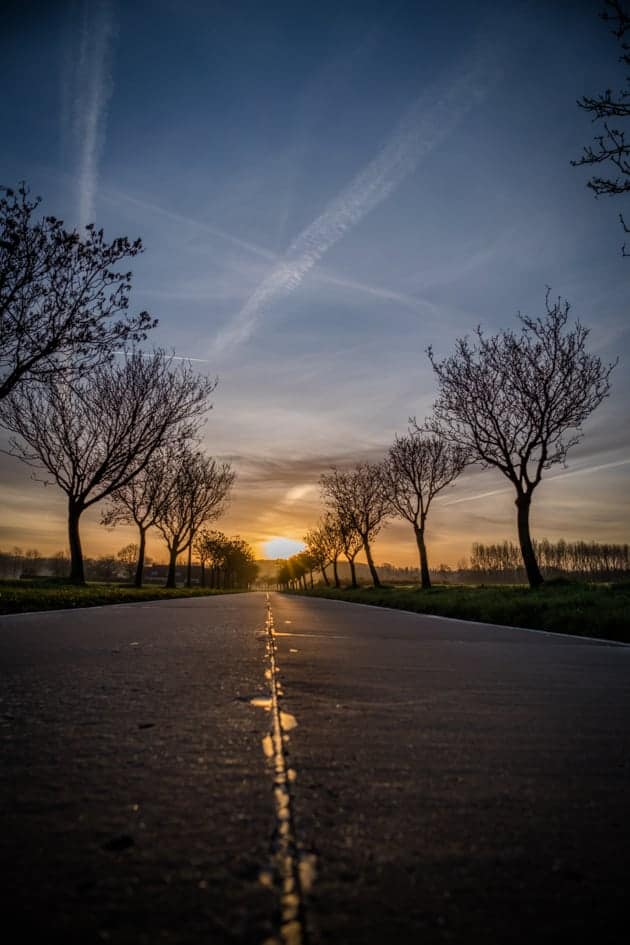
1-640 sec at f – 3,5
Since then, the Zeiss Batis range has appeared on the market, providing access to the full A7 series autofocus capabilities but the Loxia range is still going strong too. With a small yet enthusiastic following that sees the merit of high-quality manual focus prime lenses. The latest release is the Zeiss Loxia 21mm f/2,8. This lens immediately drew my attention, as it would be an ideal travel companion, so small that you could just carry around with you anywhere while still not compromising on image quality.
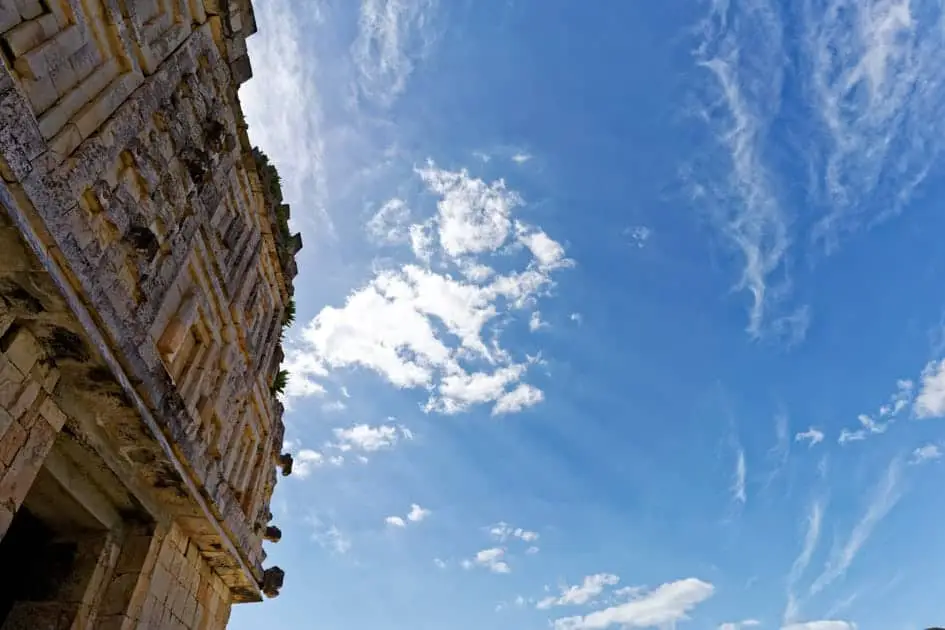
1-640 sec at f – 8,0
Manual focus with a wide angle isn’t difficult at all, especially with functions like focus peaking and magnification, it’s nearly impossible to get an out-of-focus shot. There are a few other features of the Loxia that I found very appealing when reading the specs. In particular, the close focusing ability of just 25cm (9.84”) can make for some interesting wide angle shots with shallow depth of field and a small 52mm filter thread, ideal for a very portable long exposure setup.
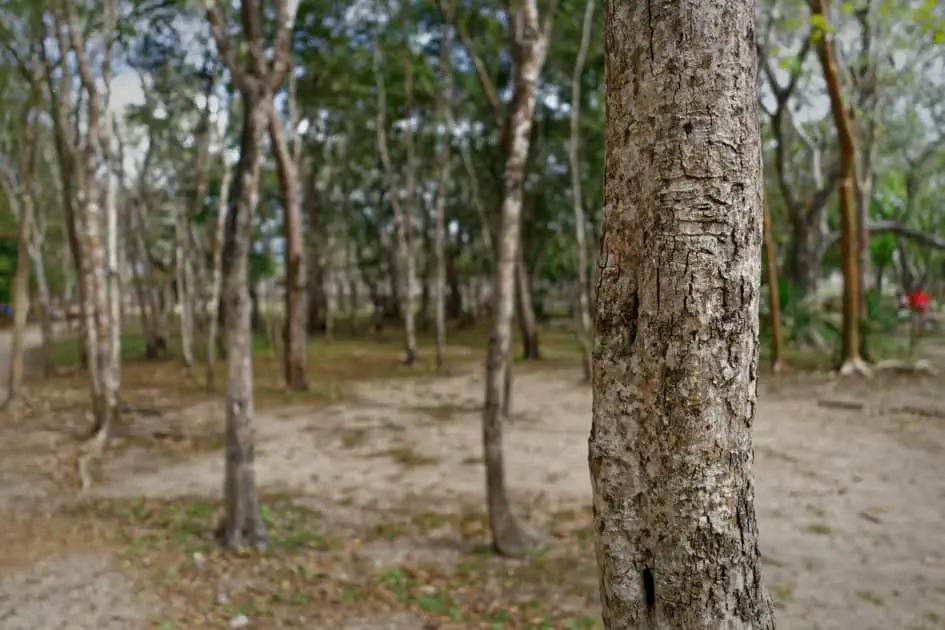
1-640 sec at f – 2,8
Optical design
The Zeiss Loxia 21mm f/2.8 is based on the tried and trusted Distagon optical concept which is renowned for low distortion and corner to corner sharpness. The eleven elements in nine groups design have been adapted for the shorter flange distance in mirrorless cameras (due to the omission of the mirror box).
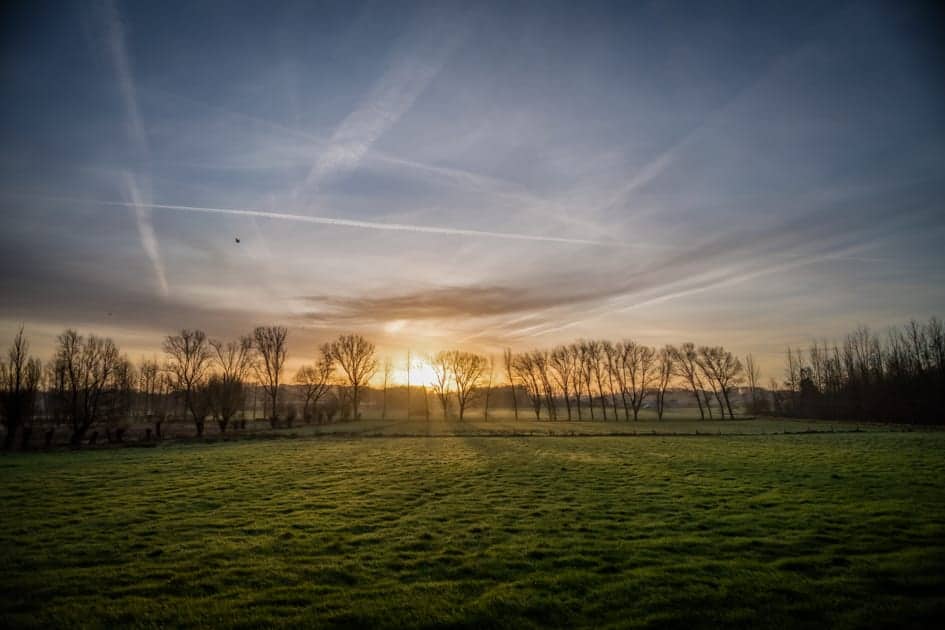
1-1250 sec at f – 2,8
The optical design also features four anomalous partial dispersion elements and one aspherical element to reduce chromatic aberrations and increase overall clarity and colour rendering. As usual, Zeiss has also used their widely used T* anti-reflective coating to reduce ghosting and lens flare.
Build and Handling
As you’d expect from a prime in this price range, the Loxia 21mm feels very well made. The all-metal lens barrel has engraved focusing, and depth of field scales, and a weather-resistant gasket at the lens mount to protect it from dust and moisture. If you want to use it for video, there is a de-click option for the aperture ring that allows for smooth aperture transition. Both aperture and focus ring feel very comfortable to use when paired with the Sony A7rII, although I can image it would be more troublesome if you have large hands.
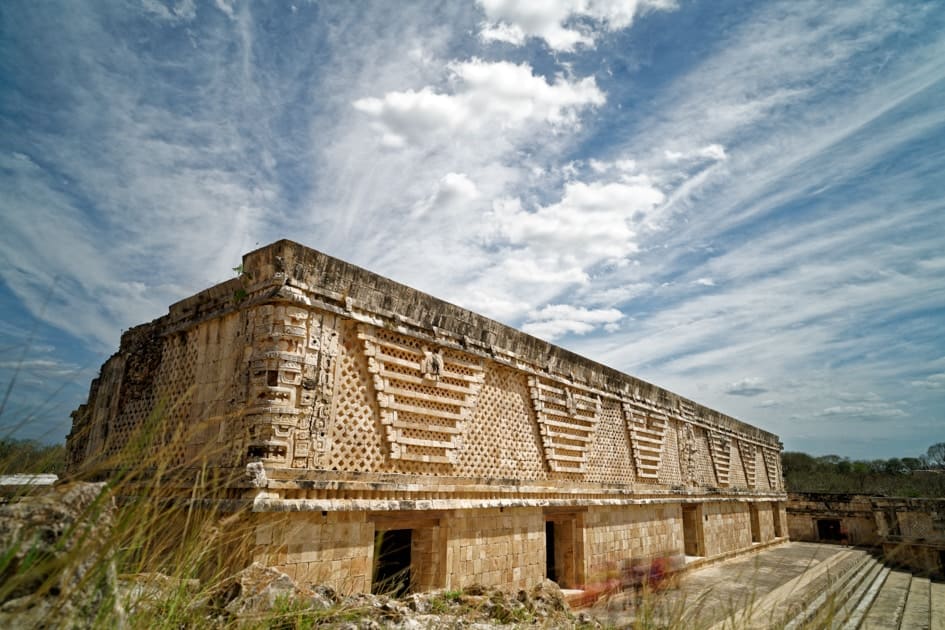
1,6 sec at f – 8,0
Since this is a manual focus only lens with electronic contacts, it sends all relevant information like aperture and focal length to the camera. Although it’s easy to adapt many MF lenses made for DSLR’s to the Sony A7 cameras, but it is always a hassle to be in the dark when importing images afterwards in Lightroom, and wanting to apply lens profiles. What lens was this again? What aperture did I use? No worries here, as everything is neatly stored in the EXIF data. Both focus magnification and focus peaking are automatically engaged when the Loxia is attached, and this electronic integration also means that Sony’s sensor stabilisation system can be fully used. And it just so happens that IBIS works particularly well with wide angle lenses (not so much when you go beyond 50mm), another bonus.
Sharpness, Vignetting, and CA
Vignetting
Vignetting is visible at all apertures, although it does clear up somewhat around f/8. You can turn on “Lens Comp: Shading” in-camera to fix this in-camera or rely on something like DXO’s excellent lens profiles in DXO Optics Pro. With a full frame sensor like the A7r2, there is no real problem in correcting vignetting regarding added noise towards the edge of the frame, unless you’re shooting at high ISO’s. Vignetting is one of the downsides to a small lens like this, but I can’t say as a RAW shooter that I’ve had any problems in correcting this in the few months that I’ve been using the Loxia 21mm.
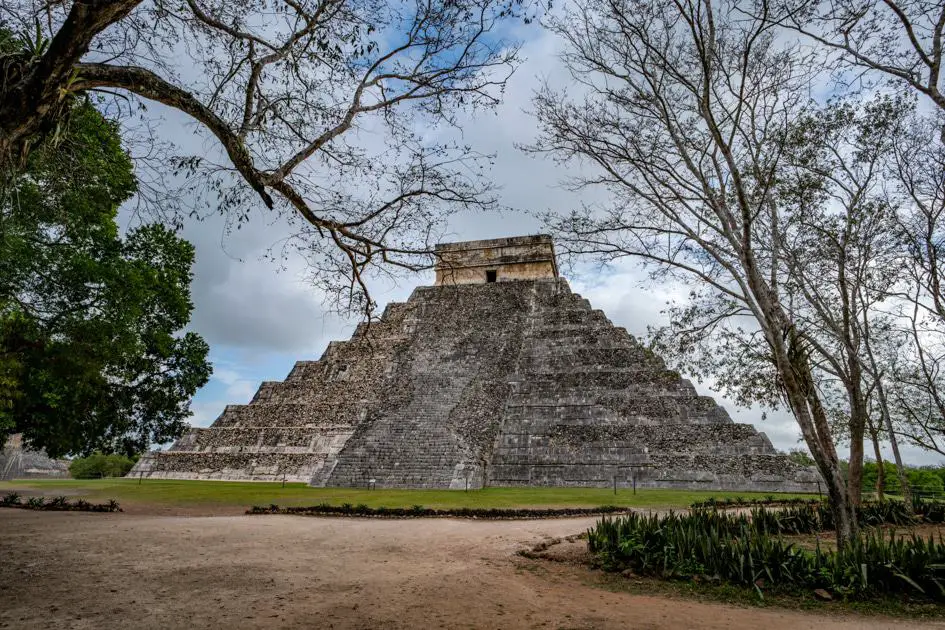
1-160 sec at f – 8,0
Chromatic aberration
Axial Chromatic Aberration (blurred colors in front and behind the focus position) looks very much under control, and I have not encountered any issues here. There is a little Lateral Chromatic aberration (color fringing at the edges), which can be visible in high contrast areas near the corners at times.
Sharpness
center sharpness
The image center is already decently sharp at f/2.8. Usable for wide-angle portrait photography or impressive DOF effects. For landscape or architectural photography, best sharpness results are achieved at f/5.6-f/8. Diffraction starts setting in at f/11, with a loss of sharpness increasingly noticeable up to f/22. In a pinch, I do use the Loxia 21mm at f/22 for long exposures, as the ILCE-7RM2’s 42MP files sharpen up nicely in Lightroom or DXO.
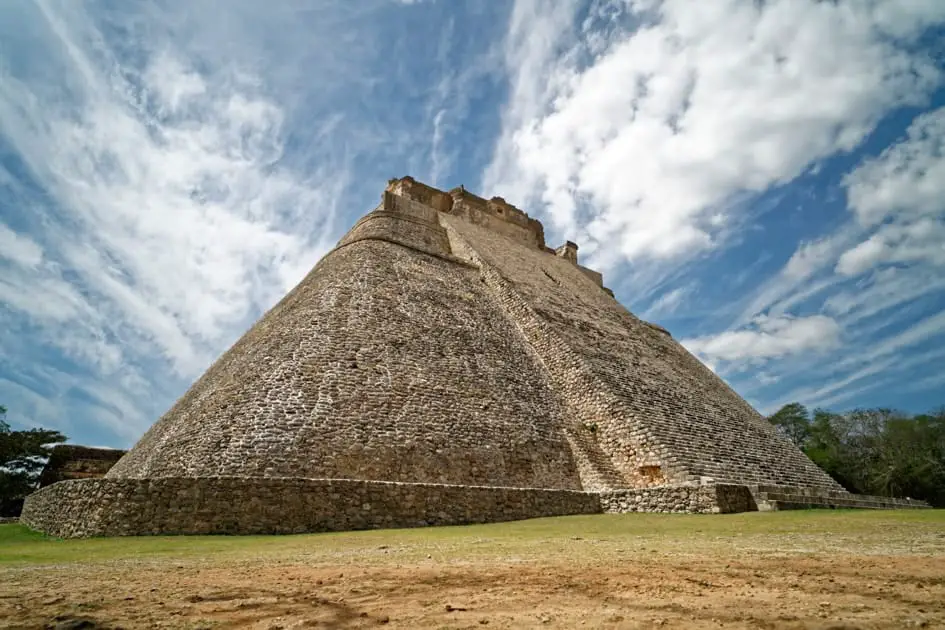
1,6 sec at f – 8,0
- center at f/2.8
- center at f/4
- center at f/5.6
- center at f/8
- center at f/11
- center at f/16
- center at f/22
corner sharpness
You’ll need to stop down to f/8 if you want to get the best results regarding sharpness in the corners. Although even at f/2.8 I would not call it unusable
- corner at f/2.8
- corner at f/4
- corner at f/5.6
- corner at f/8
- corner at f/11
- corner at f/16
- corner at f/22
Zeiss Contrast and colour rendition
Zeiss is known for making lenses that have an eye pleasing colour rendition and contrast. This due to the coating and of course influenced by the glass type. The Loxia 21mm f/2.8 does render beautiful and eye-catching images as you’d expect from a Zeiss lens.

1-640 sec at f – 8,0
Conclusion
When I purchased it, I was at first not convinced that the Zeiss Loxia 21mm f/2.8 was a sound investment. Costing around $1500, it is, after all, a sizeable investment in a manual focus only lens. I also prefer a 16mm lens for landscapes and long exposures, but the size and example images convinced me to go for it. I like to travel a lot, and I’m not the kind of photographer that only does one type of photography, so I usually have a wide angle zoom (Tamron SP 15-30), a 24-70 and at least one tele-zoom in my bag (and usually this for two system cameras). So I figured on leaving the wide angle zoom at home and replacing it by two small wide angle primes (Loxia 21mm and FE35mm f/2.8). As it turns out, I’m very happy with the images I got from the Loxia 21mm and did not miss the wide angle zoom for a second.
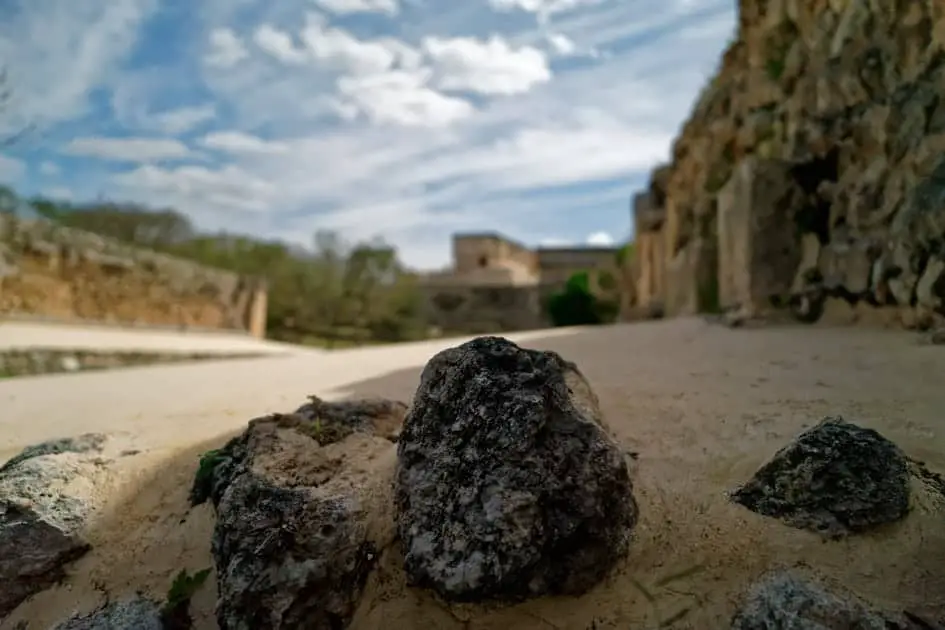
1-160 sec at f – 2,8
Another advantage is that instead of the NiSi filter system for the Tamron, I could now just bring along a 52mm ND1000 filter for long exposures, allowing me to quickly setup my long exposure kit without the extra bulk in my hand luggage. There was just a bit more vignetting than with a larger filter system, but nothing that a good photo editor can’t handle.
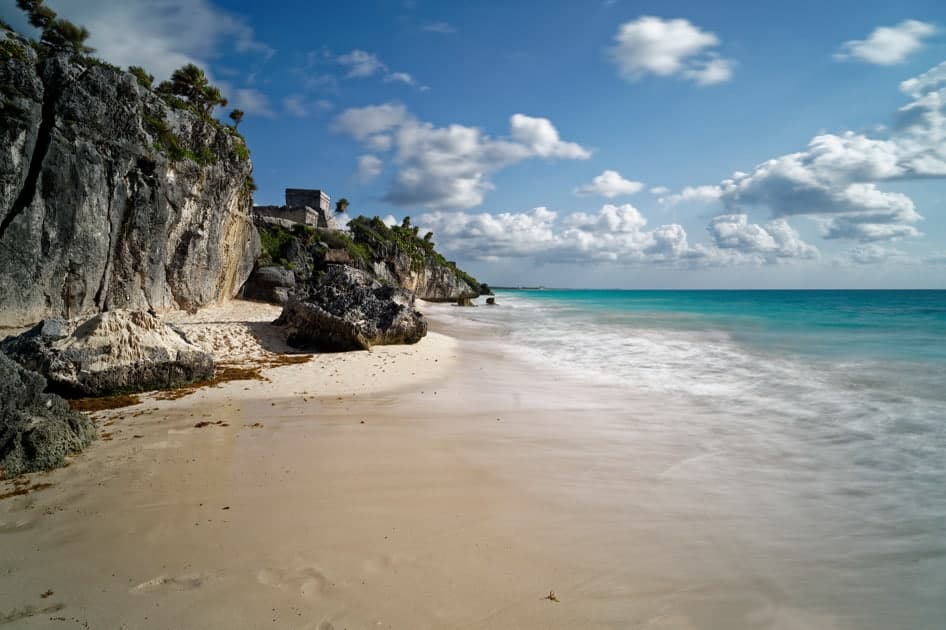
25,0 sec at f – 8
I like that the Loxia-Sony A7r2 combination immediately gives you access to focus peaking and magnification when connected. And as I mentioned earlier, it’s not that difficult to focus manually with a wide angle. In fact, because you take a fraction more time to get your focus right where you want, I found that I had a lot more keepers when I used it as a walk-around lens.
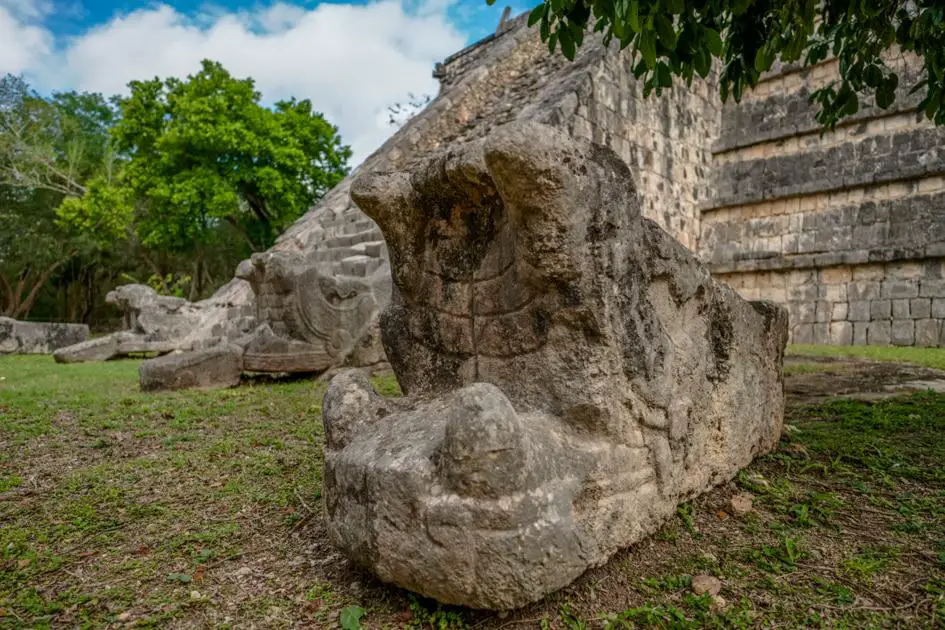
1-800 sec at f – 2,8
I would highly recommend the Loxia 21mm to any landscape, seascape, architectural or long exposure photographer in need of a high-quality prime lens that will never disappoint.
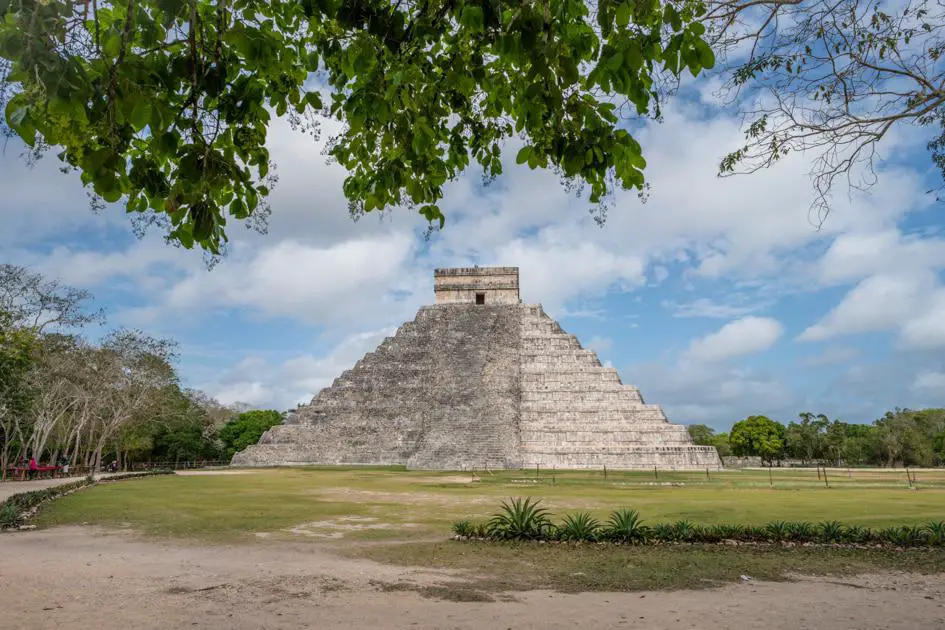
1-320 sec at f – 8,0
One response